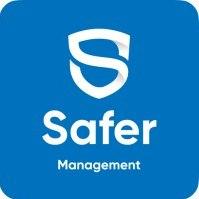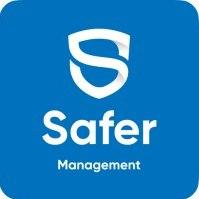Lean Management: Doing More with Less
Last updated December 22, 2023
In the quest for efficiency and optimization, lean management has emerged as a transformative approach for organizations seeking to maximize value while minimizing waste. This article explores the principles of lean management and provides step-by-step guidance on implementing strategies to do more with less.
Introduction: Unleashing Efficiency through Lean Management
Lean management isn't just a methodology; it's a mindset that challenges organizations to streamline processes, eliminate non-value-adding activities, and enhance overall productivity. By adopting lean principles, businesses can achieve higher efficiency, reduced costs, and improved customer satisfaction.
Step-by-Step Guide to Implementing Lean Management
1. Understand Customer Value
- Begin by identifying and understanding what the customer truly values. - Align processes and activities with customer needs to eliminate unnecessary steps.
2. Map Value Streams
- Map out the entire value stream of a product or service. - Identify areas of waste, delays, and inefficiencies within the value chain.
3. Eliminate Waste
- Categorize and eliminate the eight types of waste: overproduction, waiting, transportation, overprocessing, excess inventory, motion, defects, and unused employee creativity. - Prioritize waste reduction to enhance overall process efficiency.
4. Implement Just-in-Time (JIT) Production
- Adopt the just-in-time production model to minimize inventory levels. - Ensure that materials are procured and produced only when needed, reducing storage costs and waste.
5. Embrace Continuous Improvement (Kaizen)
- Instill a culture of continuous improvement within the organization. - Encourage employees at all levels to suggest and implement incremental improvements.
6. Empower Frontline Workers
- Empower frontline employees to identify and address problems. - Tap into the collective intelligence of the workforce to drive improvements.
7. Optimize Workflow with 5S
- Implement the 5S methodology (Sort, Set in order, Shine, Standardize, Sustain) to organize the workplace for efficiency. - Create a visual workplace that enhances productivity and reduces errors.
8. Implement Pull Systems
- Introduce pull systems to regulate the flow of work based on customer demand. - Avoid overproduction by producing items only when they are requested.
9. Cross-Train Employees
- Cross-train employees to perform multiple tasks within the organization. - Create a flexible workforce capable of adapting to changing demands.
10. Measure and Monitor Key Performance Indicators (KPIs)
- Establish key performance indicators to measure the success of lean initiatives. - Regularly monitor and analyze KPIs to identify areas for further improvement.
Conclusion: Building a Lean and Agile Future
Lean management isn't a one-time project; it's a continuous journey toward efficiency and excellence. By following these step-by-step strategies, organizations can cultivate a lean mindset that permeates the entire operation. Doing more with less isn't just a cost-saving measure; it's a commitment to delivering greater value to customers and building a foundation for sustained success in an ever-evolving business landscape.

